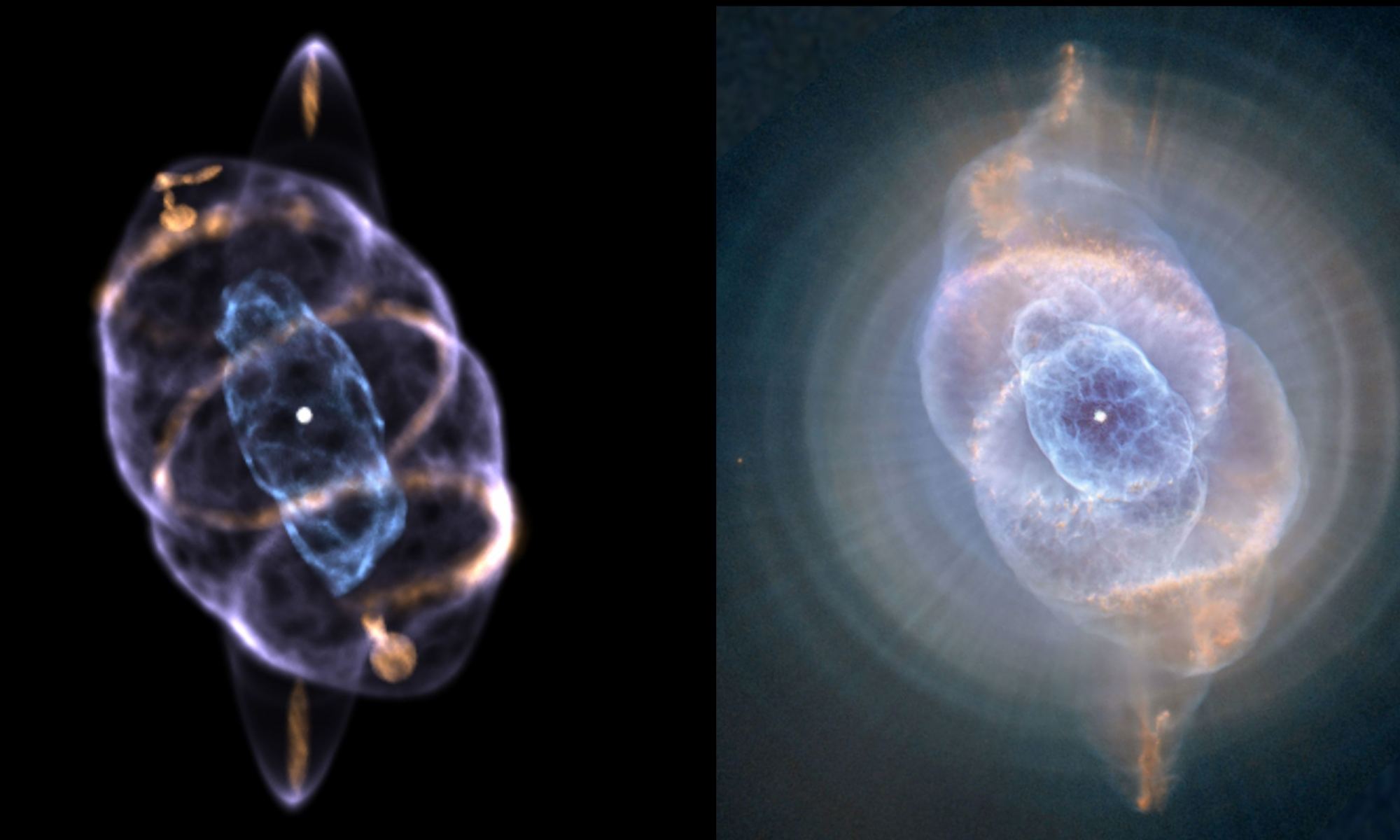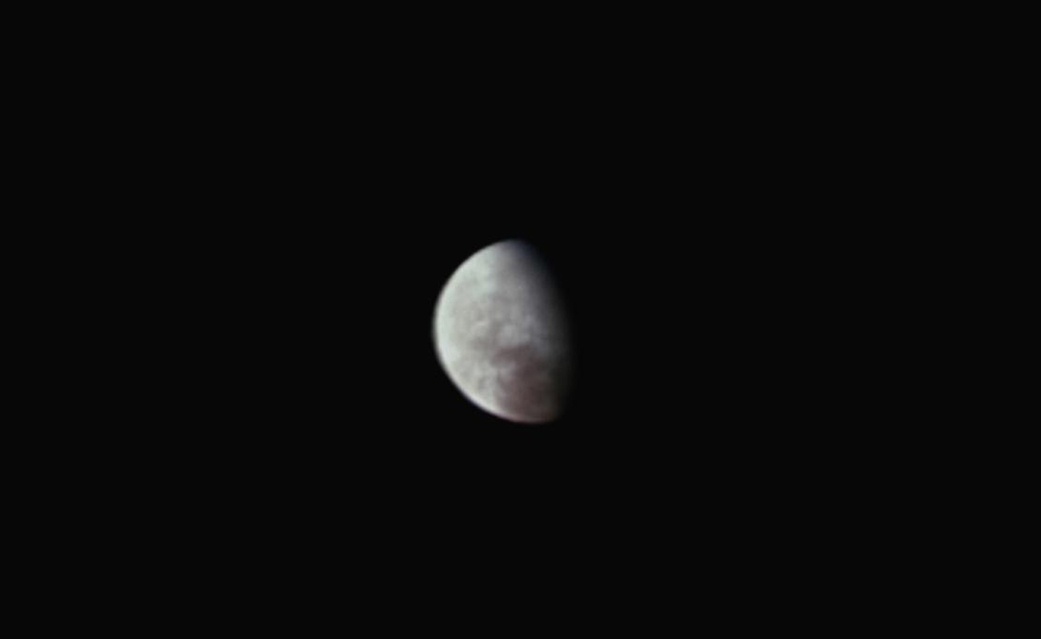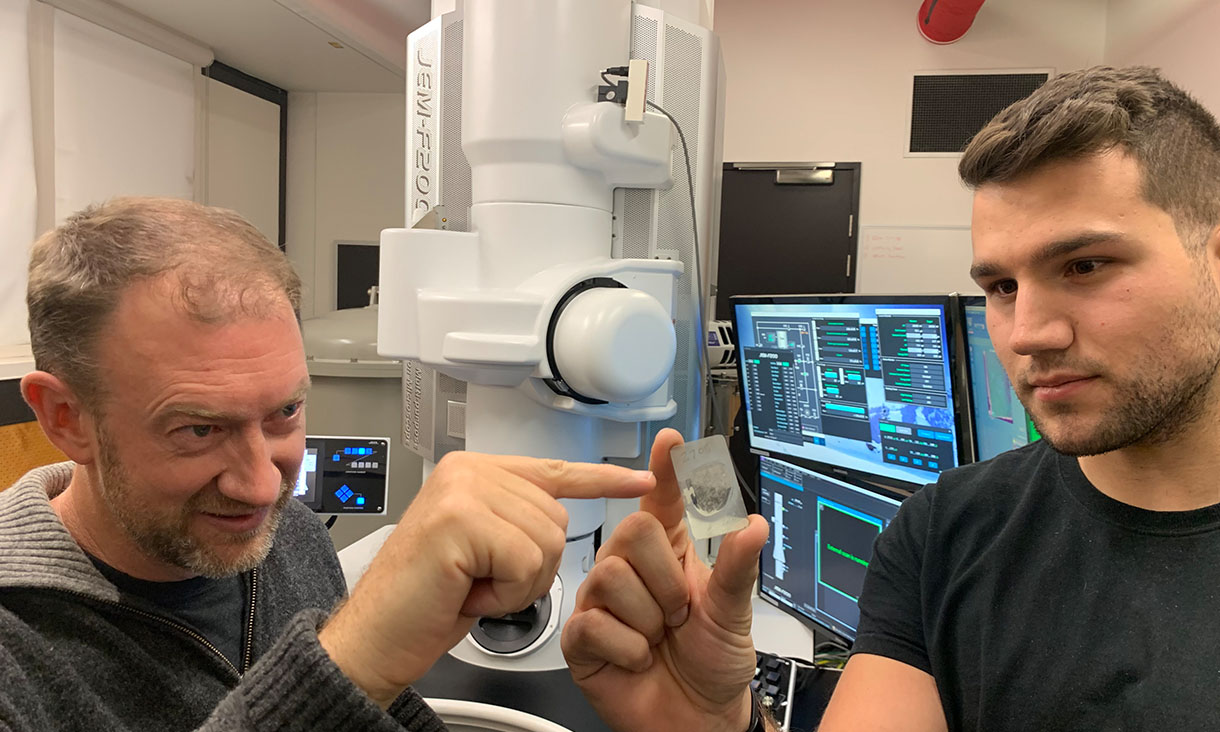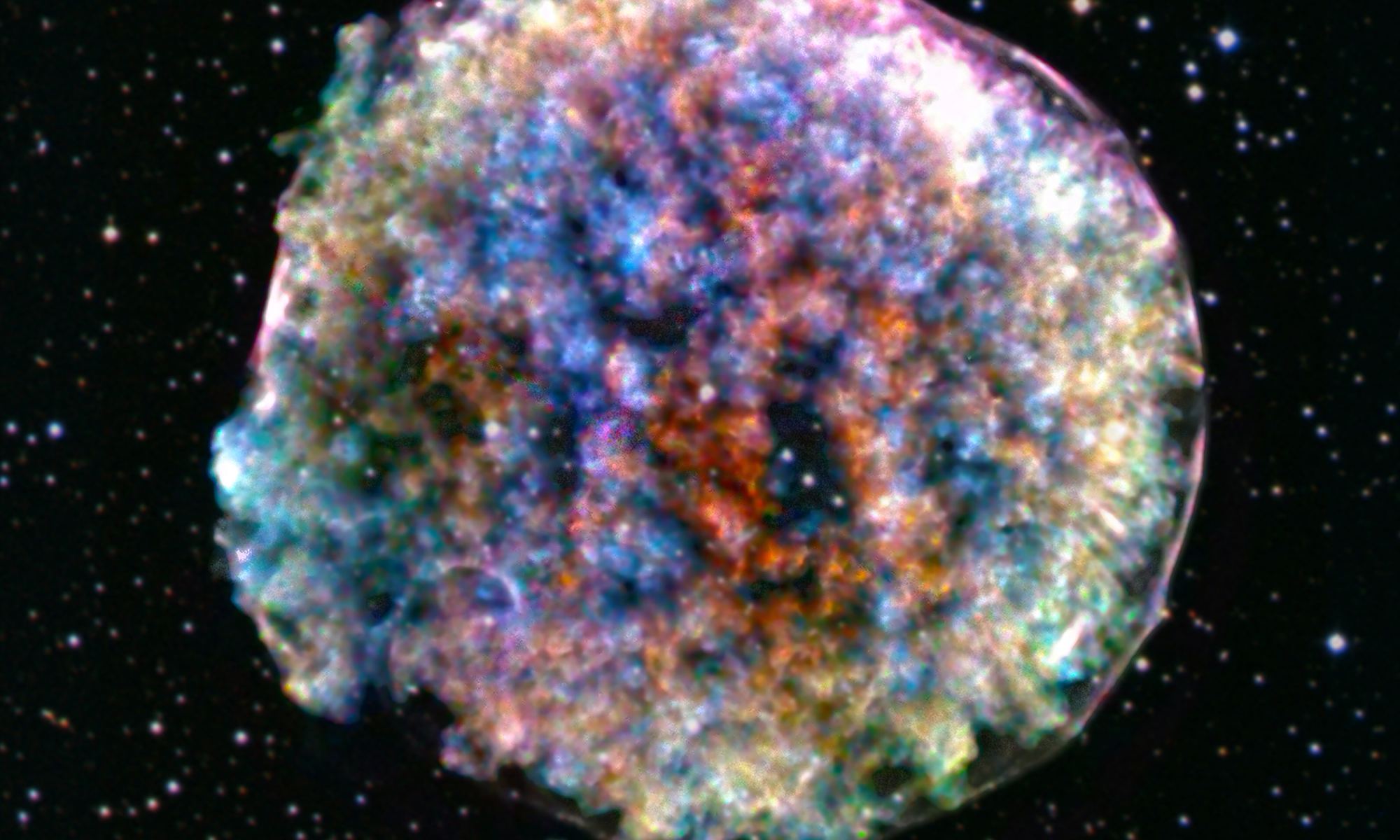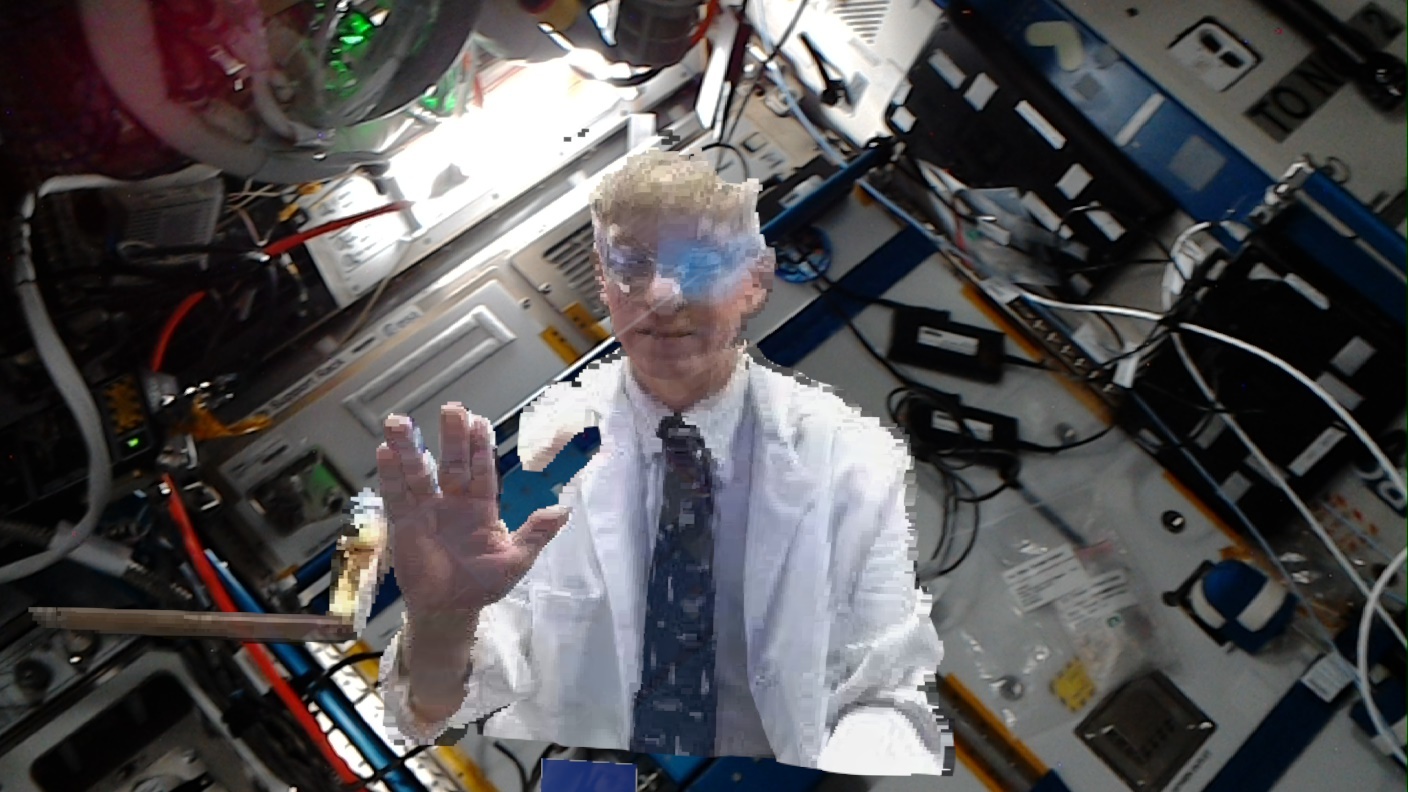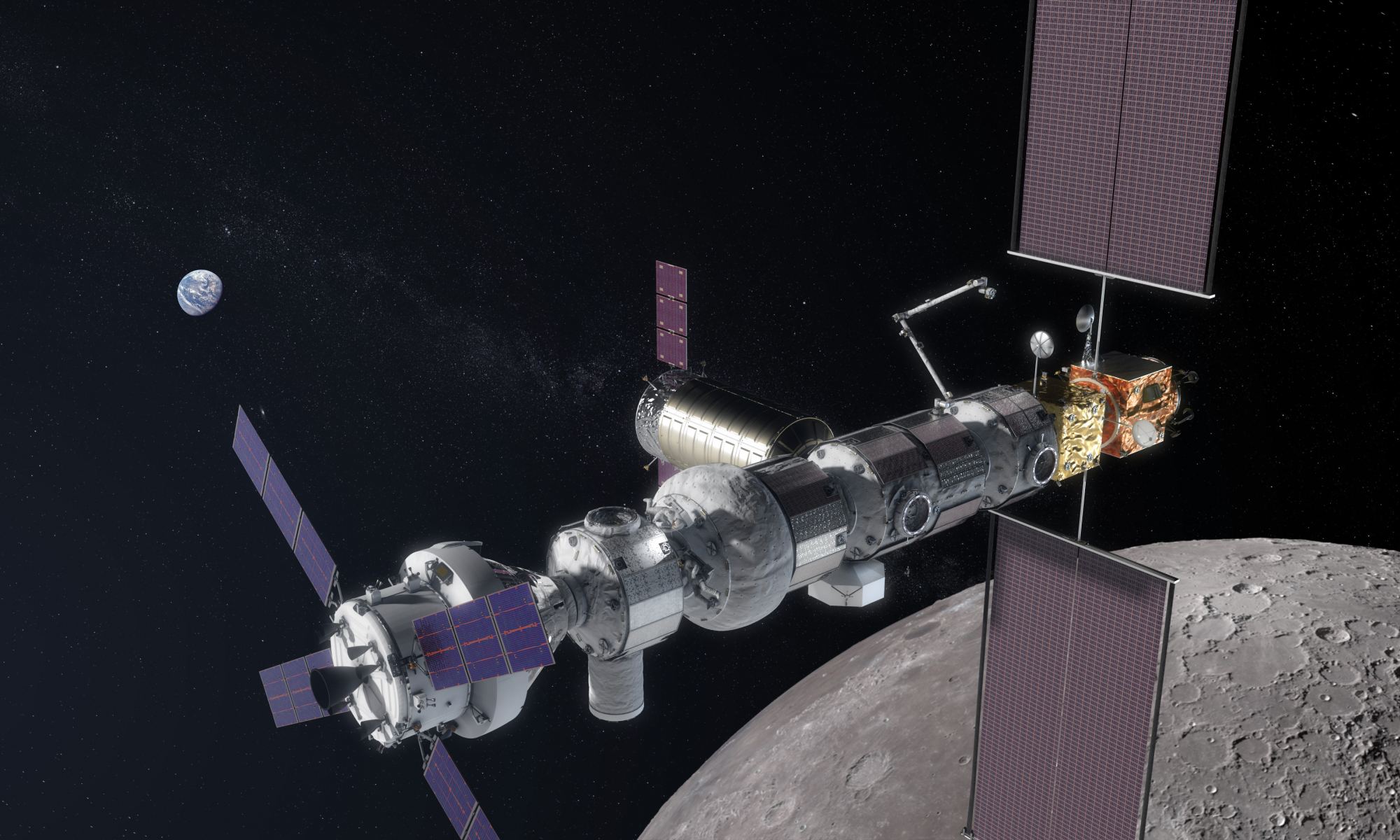In a recent study published in Monthly Notices of the Royal Astronomical Society, an international team of researchers led by Stanford University have produced the first computer-generated 3D model of the Cat’s Eye Nebula, which unveiled a symmetric pair of rings that enclose the outer shell of the nebula. This study holds the potential for helping us better understanding the nebula’s makeup and how it formed, as the symmetric rings provides clues that they were formed from a precessing jet, which produces strong confirmation that a binary star exists at the nebula’s center.
Continue reading “Astronomers Simulate the Cat’s Eye Nebula in 3D”NASA’s Juno To Skim the Surface of Jupiter’s Icy Moon Europa
This next week will mark a scientifically valuable achievement for NASA’s Juno mission, as the pioneering spacecraft is slated to fly within 358 kilometers (222 miles) of Jupiter’s icy moon Europa on September 29 at 5:36 a.m. EDT (2:36 a.m. PDT) as part of its extended mission to explore the Jupiter system. A flyby this close to Europa’s surface will allow Juno to acquire some of the highest-resolution images ever taken of the icy moon. For context, the last mission to explore Europa in depth was NASA’s Galileo spacecraft, which got within 351 kilometers (218 miles) of the surface on January 3, 2000.
Continue reading “NASA’s Juno To Skim the Surface of Jupiter’s Icy Moon Europa”Musk Suggests That Starship Will Probably Make an Orbital Flight in November
SpaceX Founder and CEO Elon Musk recently took to Twitter and hinted that the much-anticipated Starship—currently undergoing upgrades in preparation for its upcoming maiden flight—could launch as soon as November.
Responding to a question from a curious Twitter account asking about updates for Starship’s orbital flight date, Musk responded, “Late next month maybe, but November seems highly likely. We will have two boosters & ships ready for orbital flight by then, with full stack production at roughly one every two months.” As usual, his tweet garnered thousands of likes and hundreds of retweets.
Continue reading “Musk Suggests That Starship Will Probably Make an Orbital Flight in November”Space Diamonds are Even Harder Than Earth Diamonds
In a recent study published in the Proceedings of the National Academy of Sciences, an international team of researchers led by Monash University in Australia have verified the existence of a rare hexagonal structure of diamond called lonsdaleite, within ureilite meteorites from the inside of a dwarf planet that formed approximately 4.5 billion years ago.
Lonsdaleite is named after Dame Kathleen Lonsdale, a famous British pioneering crystallographer responsible for developing several X-ray methods for studying crystal structures, and was the first woman elected as a Fellow to the Royal Society in 1945. This study holds the potential for further unlocking the secrets of the formation of our solar system, and was conducted with collaboration from RMIT University, the Australian Synchrotron and Plymouth University, and CSIRO.
Continue reading “Space Diamonds are Even Harder Than Earth Diamonds”Can Astronomers Predict Which Stars Are About to Explode as Supernovae?
In a recent study submitted to High Energy Astrophysical Phenomena, a team of researchers from Japan discuss strategies to observe, and possibly predict precursor signatures for an explosion from Local Type II and Galactic supernovae (SNe). This study has the potential to help us better understand both how and when supernovae could occur throughout the universe, with supernovae being the plural form of supernova (SN). But just how important is it to detect supernovae before they actually happen?
Continue reading “Can Astronomers Predict Which Stars Are About to Explode as Supernovae?”Flying to (Hypothetical) Planet 9: Why visit it, how could we get there, and would it surprise us like Pluto?
In a recent study submitted to Earth and Planetary Astrophysics, an international team of researchers discuss the various mission design options for reaching a hypothetical Planet 9, also known as “Planet X”, which state-of-the-art models currently estimate to possess a semi-major axis of approximately 400 astronomical units (AU). The researchers postulate that sending a spacecraft to Planet 9 could pose scientific benefits much like when NASA’s New Horizons spacecraft visited Pluto in 2015. But does Planet 9 actually exist?
Continue reading “Flying to (Hypothetical) Planet 9: Why visit it, how could we get there, and would it surprise us like Pluto?”Using Virtual/Augmented Reality and Holoportation to Help Improve Mental Health for Future Mars Astronauts
We recently explored how the Apple TV+ series, For All Mankind, gives us a harsh reality check about the harshness of human space exploration. In the show, astronauts struggle, some go crazy, and a lot of them die in the pursuit of planting our flag just a little farther from home. We discussed how while For All Mankind is both science fiction and takes place in an alternate universe, our future Artemis and Mars astronauts will very likely endure the same struggles and hardships as the show’s beloved characters.
When Artemis astronauts finally land on the Moon, they’ll be there anywhere from a few days to a few months. While the Moon is only a few days travel time from Earth, Artemis astronauts may still get a little cranky being stuck in their habitat and unable to go outside without a spacesuit.
Continue reading “Using Virtual/Augmented Reality and Holoportation to Help Improve Mental Health for Future Mars Astronauts”New Animation Shows how the Artemis Missions Will use the Lunar Gateway and a Starship to put Humans Back onto the Moon
A recent YouTube video made by YouTube account, Hazegrayart, combines awesome computer animation, great music, and crisp archived audio recordings to show how NASA’s future Lunar Gateway will function for the upcoming Artemis missions. The archived audio recordings encompass only about a third of the short four and a half minutes of video, with almost the entire length being filled with a very relaxing soundtrack as the viewer is left fixated watching a slow and methodical ballet of spaceships come together at Gateway.
Continue reading “New Animation Shows how the Artemis Missions Will use the Lunar Gateway and a Starship to put Humans Back onto the Moon”‘For All Mankind’ Gives Harsh Reality Check About Human Space Exploration

* Warning: Mild Spoilers Ahead *
The Apple TV+ series, For All Mankind, just wrapped up Season 3 and is a smash hit for both critics and fans, garnering Rotten Tomatoes ratings of 90% and 81%, respectively. It’s a show that (probably) came about from the Amazon hit, The Man in the High Castle, which depicted a world after the Allies lost World War II, and also garnered favorable ratings of 84% and 81%, respectively, having both fantastic characters and writing.
Continue reading “‘For All Mankind’ Gives Harsh Reality Check About Human Space Exploration”What is ISRU, and How Will it Help Human Space Exploration?

As Artemis 1 prepares for its maiden launch with the goal of putting astronauts back on the Moon’s surface within the next few years, the next question is how will astronauts live and survive its surface? Will we constantly ferry all the necessary supplies such as water and food from Earth, or could astronauts learn to survive on their own? These are questions that a discipline known as ISRU hopes to answer both now and in the years to come. But what is ISRU, and how will it help advance human space exploration as we begin to slowly venture farther away from the only home we’ve ever known?
Continue reading “What is ISRU, and How Will it Help Human Space Exploration?”
